Reading & Use of English Part 6
Read all the most important information you can get online about Reading & Use of English Part 6 right here in this article. However, are you also familiar with how the FCE exam works? What are the different exam papers? What does B2 mean? How can I find a school to prepare? To find the answers to these questions jump over to my post on everything you need to know about Cambridge B2 First.
Reading & Use of English Part 6 is only one of seven tasks you have to complete in this exam paper. Luckily, I have created more posts that explain all the essential facts as well as great tips & tricks for each part. Check them out by clicking on the buttons below.
What do you have to do in part 6?
Gapped text. You read a text in which six sentences are missing. You have to put one sentence in each gap. However, there are seven sentences to choose from. In this part you have to show that you can find information which connects the text with the removed sentences.
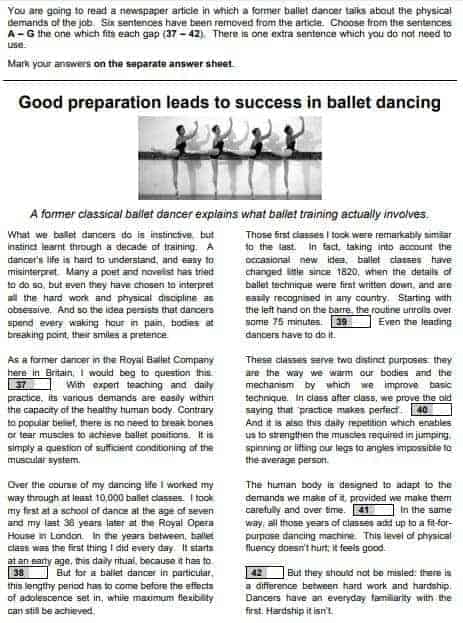
You can see the six gaps as numbered boxes. You normally find only one gap per paragraph. The missing sentences are always on the following page and look like this:
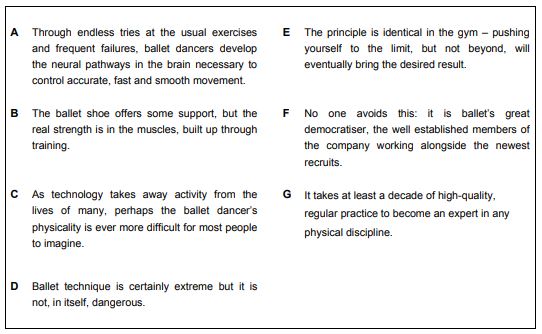
Remember that there is always one extra sentence that you don’t need to use, which makes the task a little bit more difficult. Further below in this article I’m going to give you a few tips on how to work out the unnecessary one.
Reading & Use of English Part 6 tests your ability to find the connection between a sentence and the surrounding text by looking for words that link the different parts. You have to be able to understand the text and its different paragraphs as a whole, but also look for very detailed information. Part 6, together with parts 1, 5 and 7 makes the reading portion of the exam paper. As Reading & Use of English is a little more complex than the other papers I wrote a post on its structure so you don’t have to worry about it any more. Just click here to start reading about it.
The 2 most difficult things about this part?
Part 6 is one of the parts where you have to read a longer text. Of course, this can create certain problems specific to this kind of task as well as more general issues we possibly see in all seven parts in Reading & Use of English. I have chosen to show you the most difficult challenges in part 6 first and then we are going to move to the tips & strategies section where you can learn how to master this task.
1. Candidates don’t know what to look for
Students often come to me and tell me that they just don’t understand what to do in part 6 so they start to guess the answers. They understand the text and the sentences, but when they have to put everything together the problems begin. Unfortunately, a lot of candidates never study this specific part of the English language. I see it not only in this part of the exam, but also in their writing where ideas are poorly connected and not really clear.
As I mentioned earlier, in part 6 we look for connections like words and expressions or even at the topic level to link the text and the sentences. In the tips & strategies section I’m going to show you some examples so keep reading.
2. Candidates have problems with time management
This problem is also a very common one and it is based on a couple of things. Firstly, if you don’t know exactly what to do, you are going to waste your time trying to figure it out. Secondly, many candidates struggle with their reading speed, which can cause a few issues, especially when reading longer texts like in Reading & Use of English.
The key to have enough time to read everything properly is to create a step-by-step plan that you can follow easily. Doing that, you can focus on understanding the text and matching it with the sentences instead of worrying about what you have to do next.
Tips & strategies
In the previous section I talked about how important it is to be prepared for the different tasks. I would even say that becoming familiar with the exact requirements of each part of the exam is the most important piece of advice I can give you. On teacherphill.com I give you my best tips and examples so you can lean back, relax and simply do a great job in Cambridge B2 First.
The next tip seems very obvious and my students often laugh at me or roll their eyes because I repeat it all the time, but if you want to improve, you have to practise regularly. Do you think Michael Phelps became the best swimmer of all time because he sat on his couch watching a lot of films? Exactly, he didn’t. Instead, he spent most of his time in the pool training and becoming better. Lucky for you, the pool to practise English is huge and you dive in wherever you want. Well, what does that mean for Reading and & Use of English Part 6? Just as Michael Phelps went swimming to become a world-class swimmer you should read a lot if you want to improve your reading. Start small with 5-10 minutes a day (always looking for words and expressions that connect ideas) and work your way up to longer texts.
One of the biggest problems in the FCE exam is that students don’t know what to do in the different parts. Therefore, I have put many hours into creating detailed plans for you so you can go step by step without panicking. For Reading & Use of English Part 6 have a look at the steps below:
- Read the text quickly ignoring the gaps
- Analyse the sentences
- Analyse what is before and after the gaps and find a match
- Read the text again
1. Read the text quickly ignoring the gaps
It is a common mistake to immediately focus on the gaps without reading the text first. In the exam the questions and possible answers are always designed to confuse you so you make easy mistakes. Reading the text once can help you quite a lot because it gives you a general idea of the topic and what the different paragraphs are talking about. I even recommend making a little note next to each paragraph so you know the main ideas of the different parts of the text. Have a look at the example below.
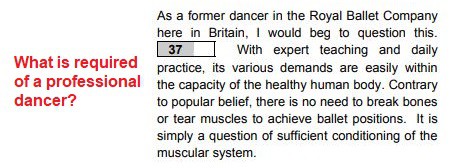
It is really nothing crazy. Read the paragraph and make a short note, then move on to the next paragraph. This strategy can help you a lot once you try to put the sentences in the gaps.
2. Analyse the sentences
You can repeat steps 2 and 3 in this plan for each sentence or you do step 2 for all sentences and then continue. With practice you are going to find out what works best for you so play around with it and see which strategy you like more. The most important thing is to get your sentences and yourself ready so you know exactly what to do.
Reading & Use of English Part 6 asks you to find the connections between the text and the sentences so you need to look for connecting words or ideas. These include things like time periods, contrast, reason & result, examples, repetition, verb tenses, pronouns, determiners, etc. It can really be a wide variety of signal words or phrases that tell you which sentence to put in which gap.

In sentence D we can see a contrast. Even though the author admits that ballet is extreme, it shouldn’t be considered dangerous. That’s a very good start and we can go back to the text and check where we find information that brings us forward.
3. Analyse what is before and after the gaps and find a match
The next step is to find a home for our sentence in one of the gaps. To do this we have to check if there is something around one of the gaps to connect the paragraph to our sentence.
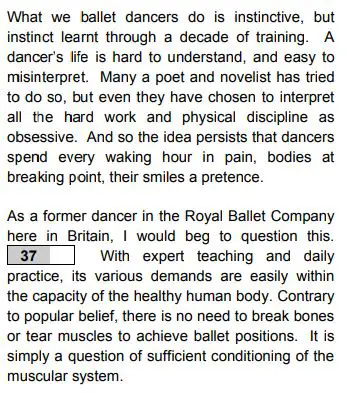
In the first two paragraphs we can read about what people have always thought about ballet before the gap and what the reality is after it. At the end of the first paragraph it says,
…dancers spend every waking hour in pain, bodies at breaking point, their smiles a pretence.
And after the gap we read,
Contrary to popular believe, there is no need to break bones or tear muscles to achieve ballet positions.
This is the contrast that we also found in our example sentence so we can be pretty sure that we have a match. Repeat this process for the other sentences and you will be fine. Of course, you can adjust it to suit your preferences, for example, you can go gap by gap or sentence by sentence. As long as you have a plan in place that you trust, there is no stopping you.
4. Read the text again
Please don’t skip this step. I often see students who are confident and finish the task quite quickly, but then they find mistakes because reading the sentences again in context reveals to them that their first thought wasn’t correct. Take the 1-2 minutes to check your answers one more time and then move on to the next part.
Other tips
There are three parts in Reading & Use of English in which you get 2 marks for a correct answer: parts 4, 5 and 6. While part 4 belongs to Use of English parts 5 and 6 alone can earn you the marks to pass the reading portion of the exam. Therefore, take your time, follow your plan and make your life a lot easier by collecting marks in this part so you can work on the rest feeling more at ease. For more information on how to calculate your score in FCE, how many marks you can get in each part and how many you need to pass have a look at this article.
Apart from having a plan for every single task I also suggest having a game plan for the whole exam paper. Depending on your strengths and weaknesses, possible marks for a correct answer and the fact that there is a reading portion and a Use of English portion, you should think about which parts you want to work on first and which ones you can leave to the end of the exam. In my general article on Reading & Use of English I talk about the best ways to find a sequence that is perfect for you.
What about the other parts?
Did you find this article helpful? If your answer is yes, check out my posts on the other six parts of Reading & Use of English. You can find them by simply clicking the buttons below.
Lots of love,
Teacher Phill 🙂


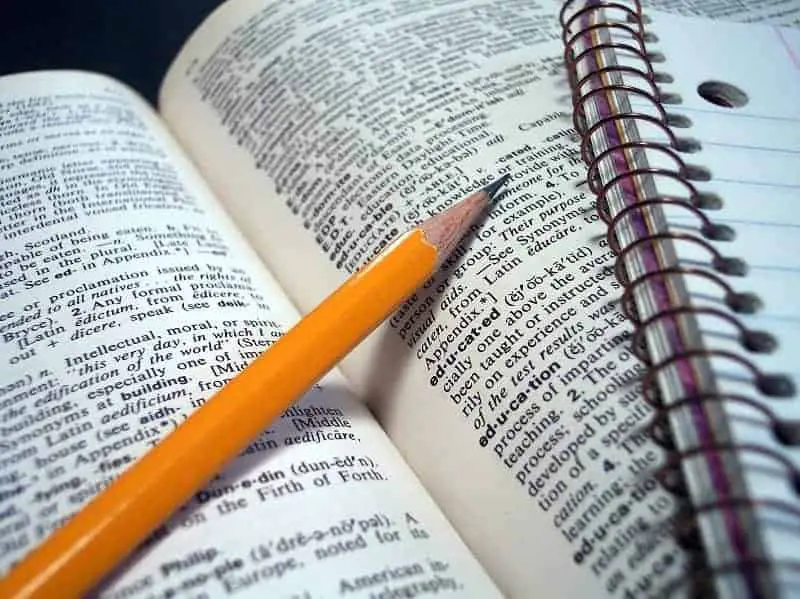

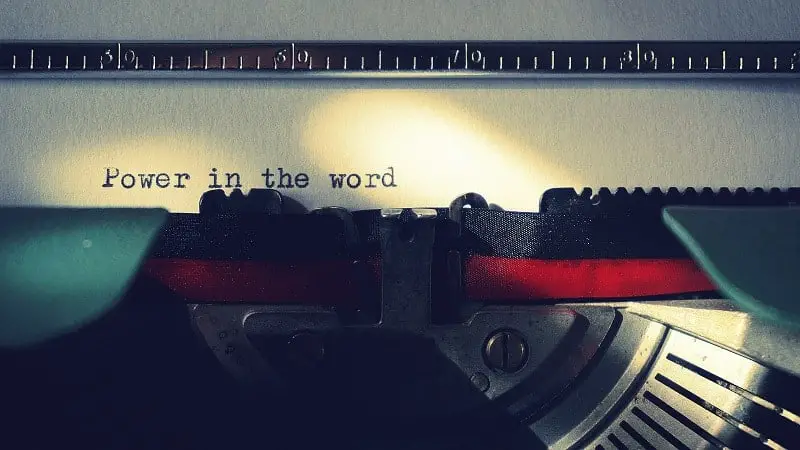



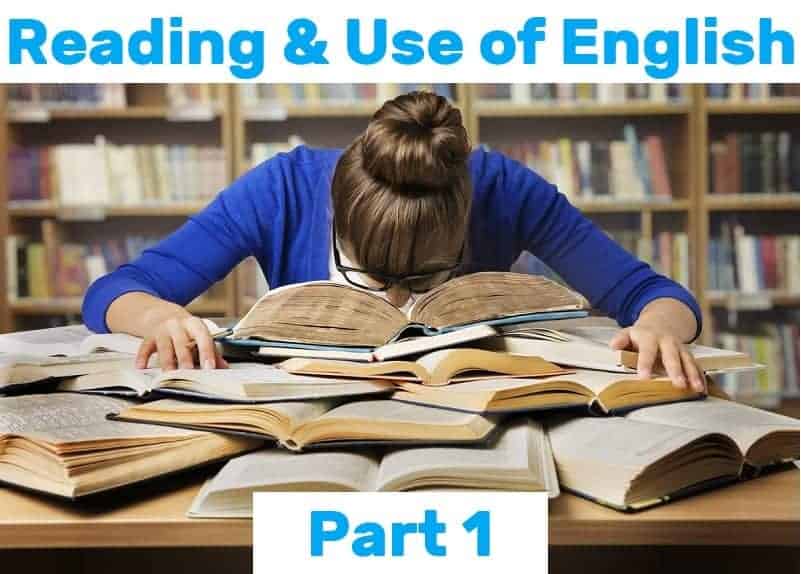
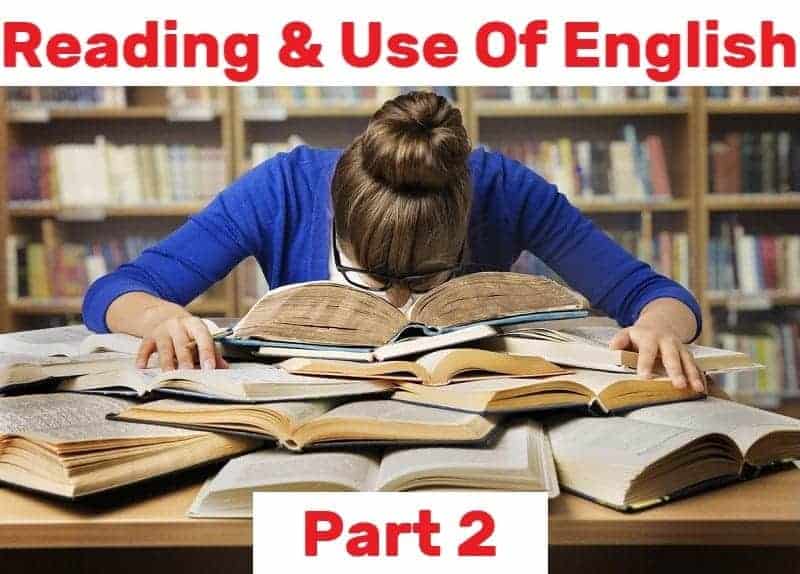
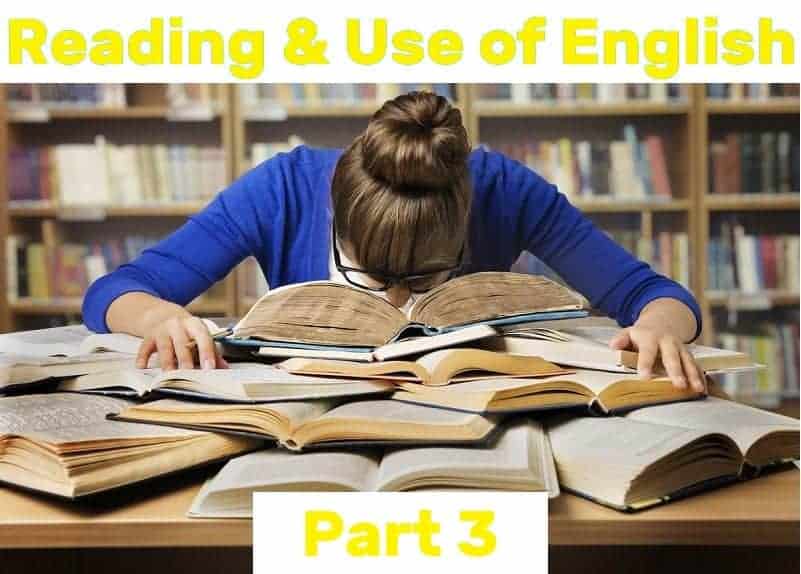
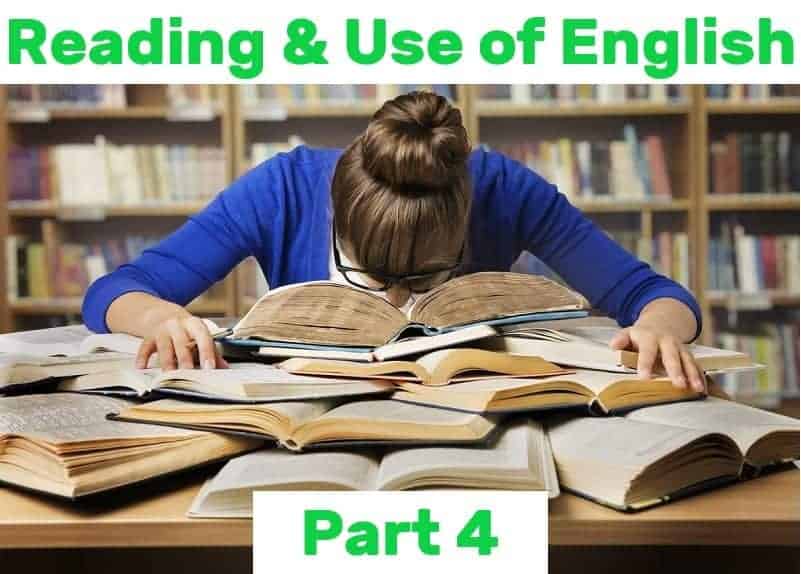


One Comment
Comments are closed.